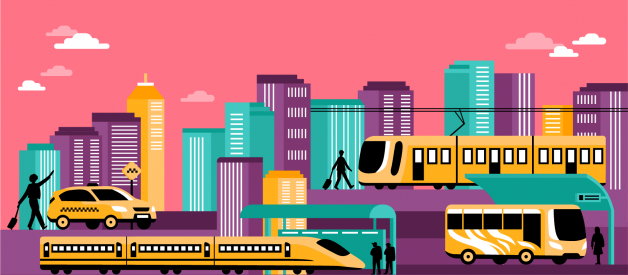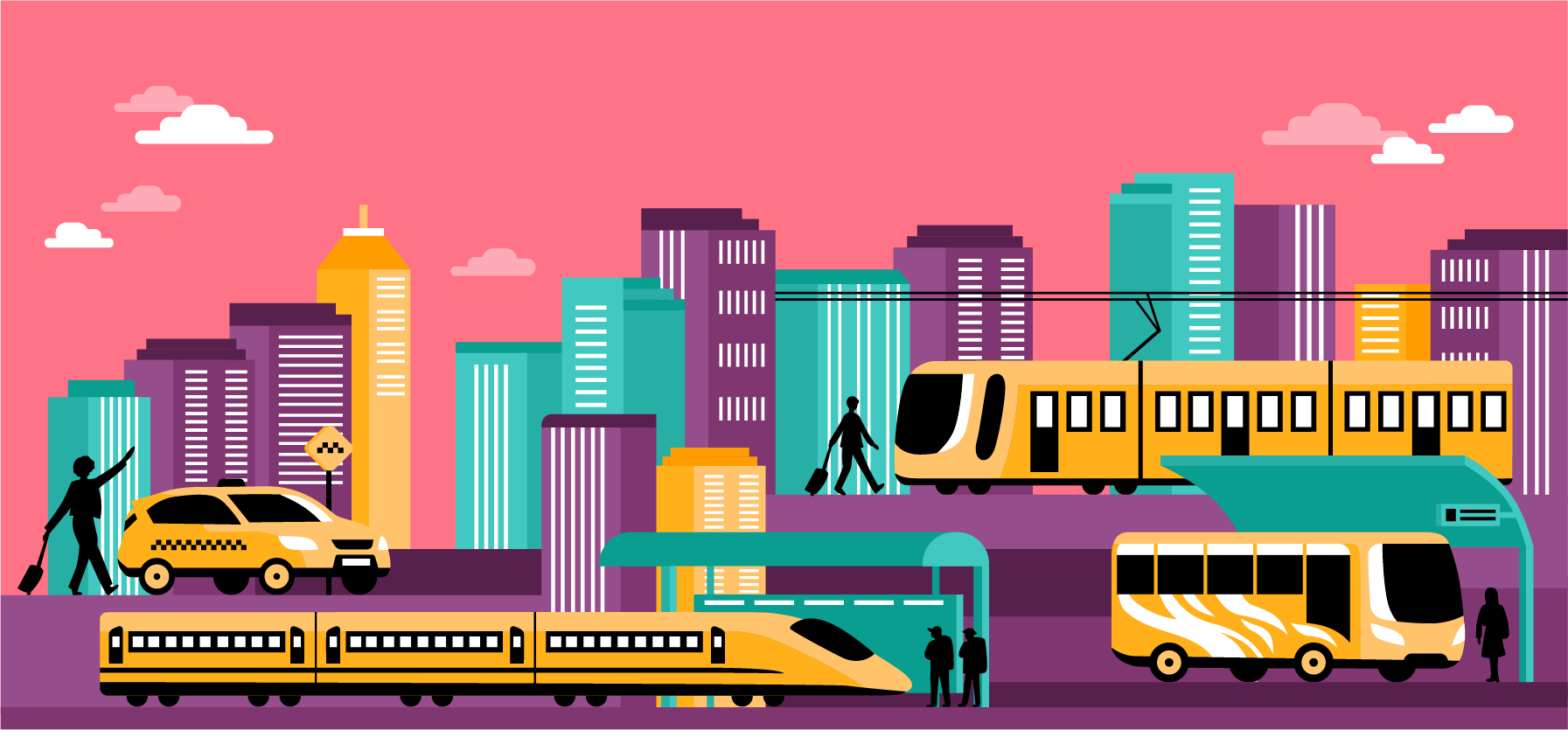 Multimodal Mobility Service
Multimodal Mobility Service
The transport sector is at the beginning of a period of significant disruption, with new technologies, products and services fundamentally shifting customer expectations and opportunities. Once a realm dominated by private vehicles juxtaposed with public transit, today transportation is a much more complex and multilayered topic, facing new, formidable challenges but also standing on the brink of vast new opportunities.
?Mobility as a Service (MaaS) is the integration of various forms of transport services into a single mobility service accessible on demand.?
MaaS Alliance
On the surface, MaaS offers commuters value add through the use of a single application to provide access to mobility, with a single payment channel instead of multiple ticketing and payment operations. A MaaS operator aggregates various forms of transport mode, be it bus, metro, or private operators like ride-hailing, taxis, ride-sharing, onto the platform and present it on a single interface for users. A successful MaaS service also brings new business models and ways to organise and operate the various transport options, with advantages including access to improved user and demand information and new opportunities to serve unmet demand for transport operators.
The aim of MaaS is to be the best value proposition for its users, providing an alternative to the private use of the car that may be as convenient, more sustainable, and even cheaper. It?s holistic vision fosters high expectations. With every major city in the world facing unprecedented pressure from increased urbanisation and the resulting accessibility and liveability issues, the MaaS service could contribute to improvements in the living conditions and accessibilities of cities and rural areas.
So what actually is Mobility as a Service?
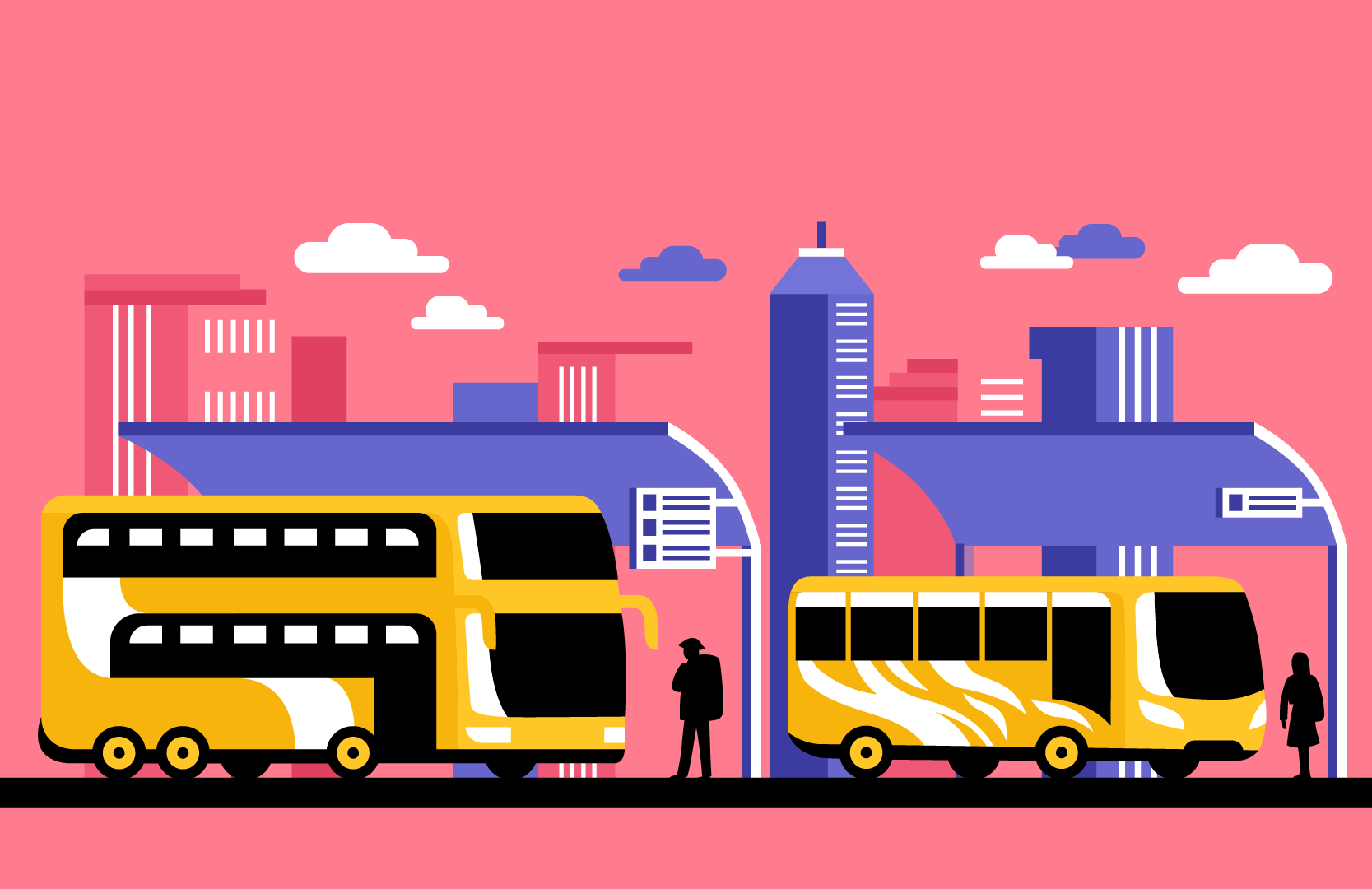
Recent years have witnessed the birth of several differing initiatives in the mobility field termed as MaaS. This diversity complicates the formulation of a sound definition of what MaaS is, what the service involves and what it does not. Definitions tend to focus on the service and not the modes, and sometimes bring in the term ?integration?. Definitions of the ?new? MaaS concept also include other significant elements, such as customers? needs, personalised or tailored and comprehensive solutions, an interface, a mobility platform, integrated payment, a contract, a service offer, a business model, a service provider, etc.
Cutting out the jargon, the entire MaaS concept entails 3 key components:
- Offering a service with customer/user/traveler transport needs as the main focus;
- Offering mobility rather than transport; and
- Offering integration of transport services, information, payment and ticketing.
Multimodal and Demand-driven
MaaS is a multimodal and demand-responsive mobility service offering commuters tailor-made or personalised travel plans through a digital platform that provides real-time transport information, payment and transaction processing. At its core, MaaS enables mobility service providers to cope more efficiently with the ever-changing and diverging needs of commuters who are ever more demanding and possesses a wide variety of wishes. These trends will enable the development of a more responsive, more efficient and more resilient transport system for commuters.
The Role as An Integrator
?Integration? is a commonly used term when trying to define or describe MaaS. In their research paper ?A Topological Approach to Mobility as a Service?, Sochor et al. have developed a topology distinguishing four integration levels and a basic level with no integration at all.
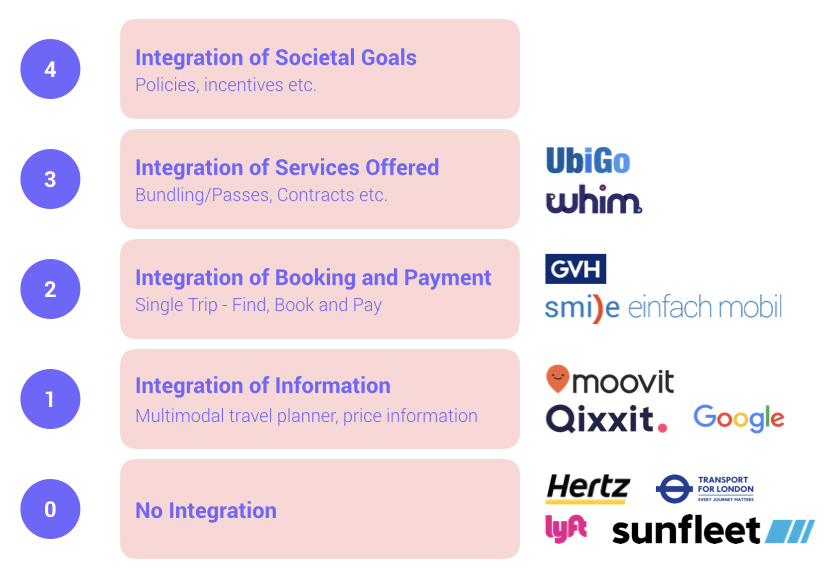
Level 0 ? No Integration
This basic level refers to the situation where separate services are provided for each different means of transport with no integration of any form.
Level 1 ? Integration of Information
This level represents integration of information, which can be further classified by functionality. At this level, travel information is provided through travel planners, which may or may not include information on routes and costs. The added value of Level 1 is decision support for finding the best trip and facilitate the choice regarding the time of the day, the route, or the transport mode used.
Level 2 ? Integration of Booking and Payment
This level represents integration of booking and payment. A Level 2 service focuses on single trips and could be a natural extension to a travel planner, adding public transport ticketing, taxi, or other transport services where possible. The added value of Level 2 is to offer users easier access to services, i.e. a one-stop shop where the user can find, book, and pay with the same app (e.g. with a pre-registered payment card), and for the transport service providers to be exposed to more customers.
Level 3 ? Integration of Transport Services in Passes and Bundles
This level represents integration of the service offer, including contracts and responsibilities. The added value of Level 3 is the comprehensive alternative to car ownership, with a focus on the customer?s complete mobility needs, and the transport service providers? increased attractiveness to customers they cannot reach as single services. The service also meets the full daily mobility needs of individuals and families by offering different means of transport through passes and/or bundles.
Level 4 ? Integration of Societal Goals
This level represents integration of societal goals. At this level, MaaS extends beyond liaising between the demand for and supply of mobility. The added value is the reduction of private car ownership and use, thereby promoting a more accessible, liveable city, etc.
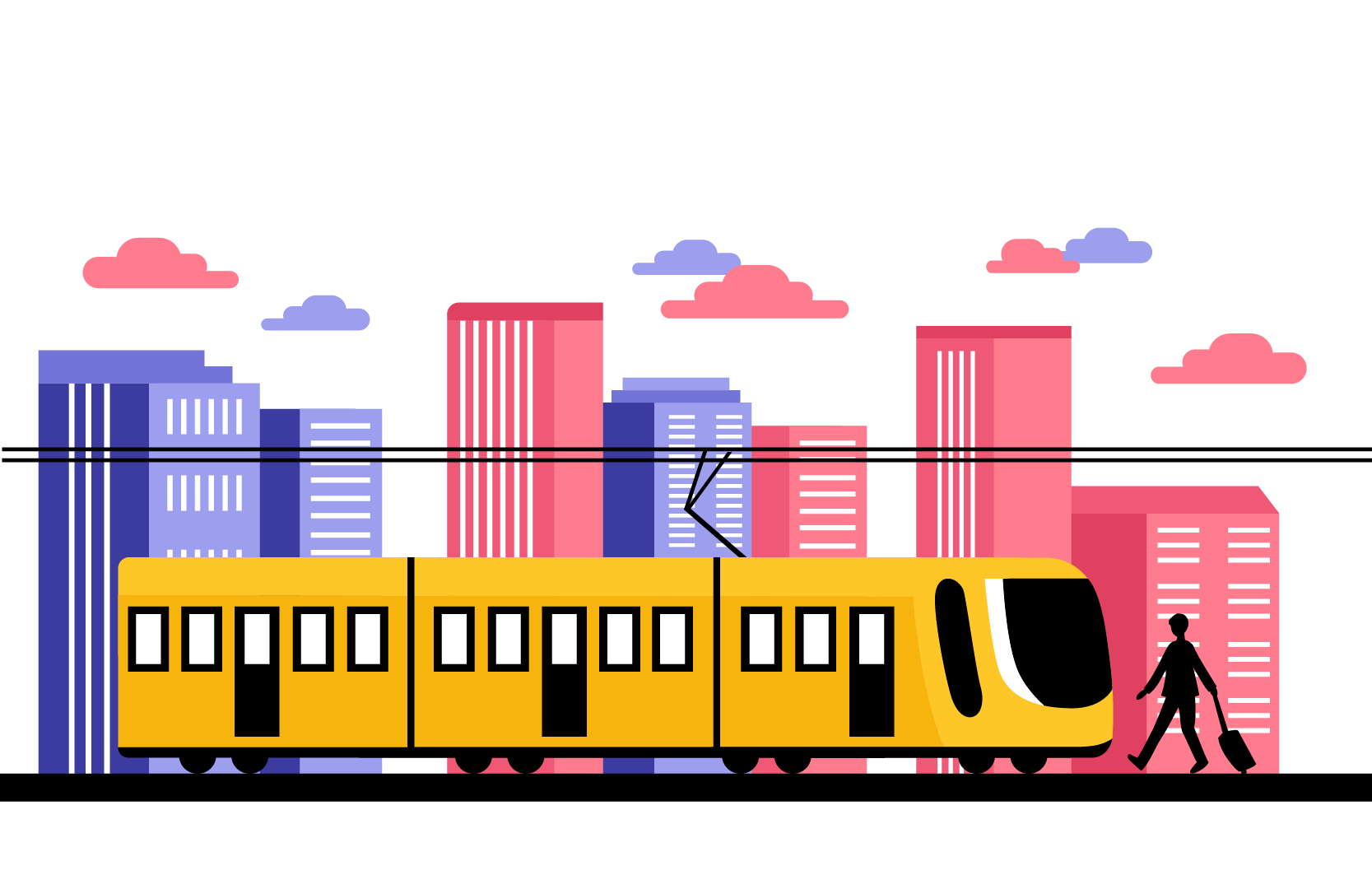
MaaS and New Forms of Mobility
Maas does not just involve the integration of various modes of mobility service. In many instances, it entails the introduction of new forms of transportation, such as bicycle sharing, car sharing and other innovative forms of demand-responsive transportation, and supplements the existing public transportation systems.
Bicycle Sharing and Car Sharing
One of the biggest problems faced by commuters when using public transportation is the first mile and last mile connectivity. Bicycle sharing systems enables users to borrow a bicycle for a short period of time for a small fee. Recent years have seen an influx of ?free-floating? bicycle sharing systems, enabling users to pick up and return bicycles at any location. Examples of bicycle sharing systems are operators like Citi Bike in New York, Santander Cycles in London, oBike, Mobike etc.
Car sharing works in a similar fashion to the bicycle sharing concept. Subscribers to a car sharing service may borrow a car for a period of time ranging from a few hours to a few days. And similar to some bicycle sharing service, most of the car sharing service requires the user to return the borrowed car to a standard location. There are also some instances of free-floating car sharing service, very similar to the traditional car rental services like Hertz or Avis. Some examples of car sharing services are operators like Zipcar, Car2go, Cambio CarSharing and GoGet.
Collective and Individual Demand-responsive Transport
Demand-responsive transport (commonly known as ?DRT?) is fast becoming a critical component of MaaS, and is distinguished into Collective and Individual demand-responsive systems.
Individual DRT is frequently described as ?ride hailing? or ?ride sourcing? services, and behaves similarly to a traditional taxi service. The only difference is that the demand and supply of the service is processed and transacted through a smartphone application instead of hailing a taxi on the street. Examples of such individual demand-responsive transport services are operators like Uber, Lyft, Didi Chuxing, Grab and Ola.
Collective demand-responsive transport services involve transportation from door-to-door or stop-to-stop, and is often in the form of minibus services. This sort of service can be seen as a form of flexible public transport service that don?t operate based on a fixed timetable. Examples of such service are operators like Lyft Line, UberPOOL, Citymapper Ride, ViaVan and GrabHitch.

Ownership versus Access
One of the biggest impact of the implementation of Mobility as a Service is the paradigm shift away from private car ownership. An effective MaaS will offer a viable alternative to private car ownership and usage, perhaps even making car ownership for most people senseless and irrelevant. Every journey can be covered by the use of multimodal transportation, be it taxi, public transport or bike sharing.
Several MaaS pilots have shown a decline in the use of private cars after the implementation of the MaaS schemes. For example, more than 20% of those participants of the Smile MaaS pilot in Vienna used their private cars left often during the pilot. In Sweden, private car usage dropped 44% amongst users after the launch of UbiGo Maas pilot.
Conclusion
Increasingly, more and more cities all over the world are experimenting with Mobility as a Service. Mobility service offerings however differs from city to city. But for the MaaS project to work, the minimum integration level should at least involve the integration of search, book and payment functions of mobility service in a given service area. Public transport should form the backbone of the MaaS infrastructure and complemented by other mobility services like taxi, DRT and bicycle sharing etc.
Transit Protocol is transforming mass transit to provide urban commuters with a seamless commuting experience everyday, bringing every mode of transport together into one single app that integrates transport options from different providers (such as buses and train), and handling the full experience from journey planning to payments and dynamic journey adjustments.
For more information, visit our website: https://www.transitprotocol.com
For the latest on everything Transit Protocol, follow us on our social media channels:
Facebook: www.facebook.com/transitlink
Twitter: www.twitter.com/transitprotocol
Instagram: www.instagram.com/transitprotocol
Medium: www.medium.com/@transitprotocol
Telegram: t.me/transitprotocol
